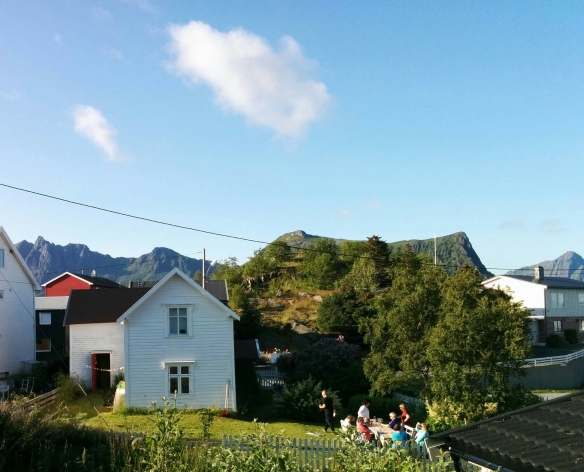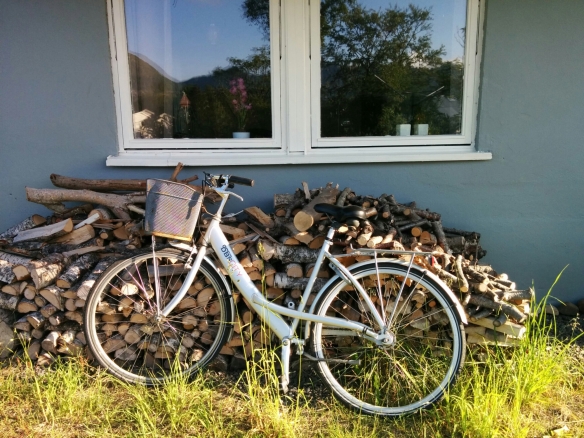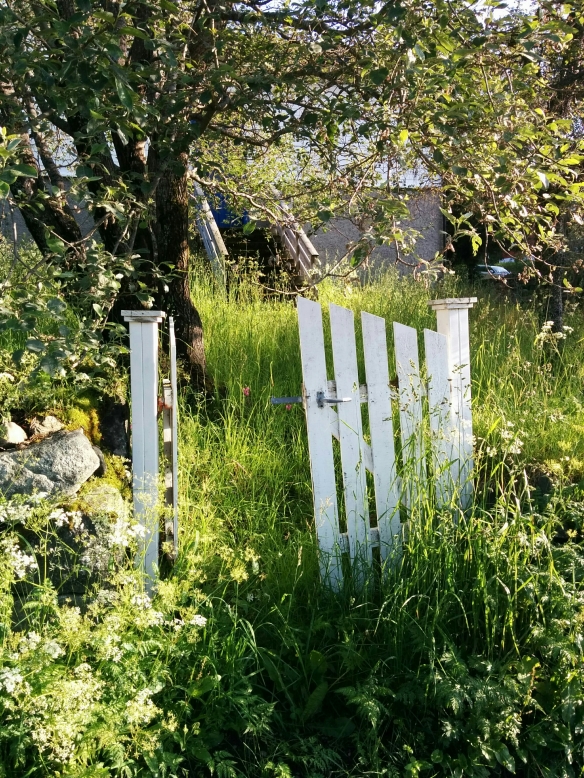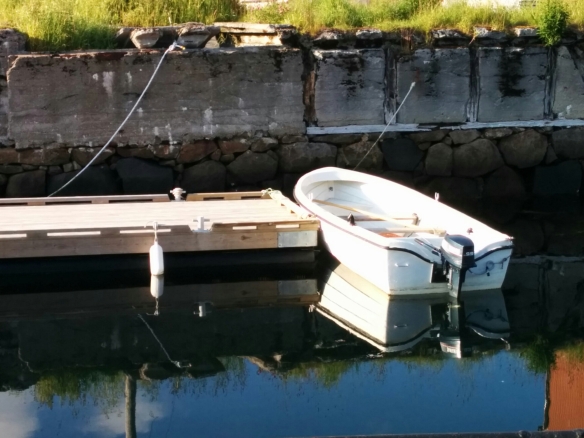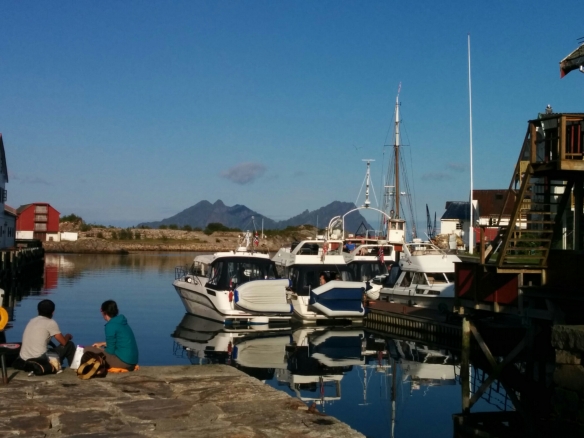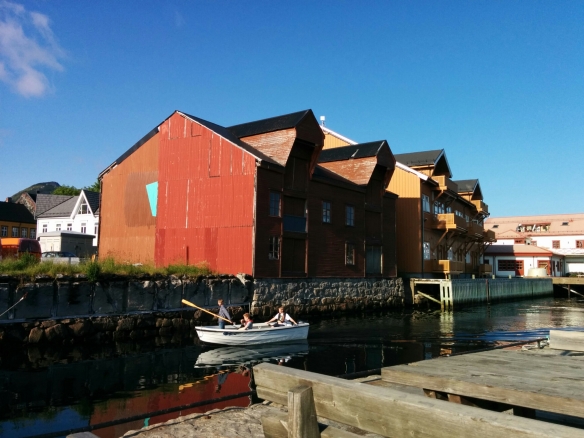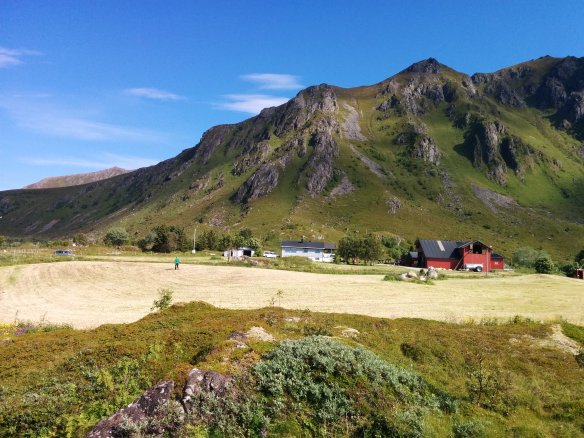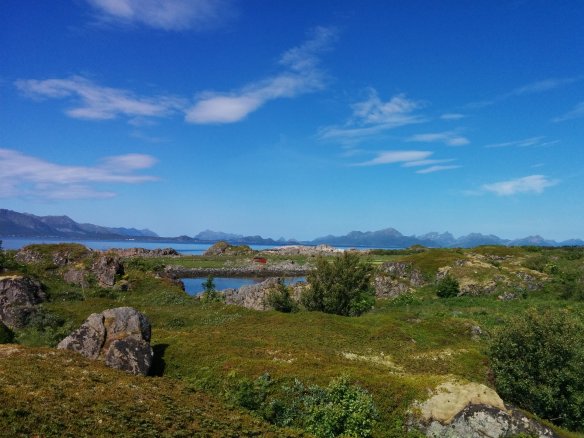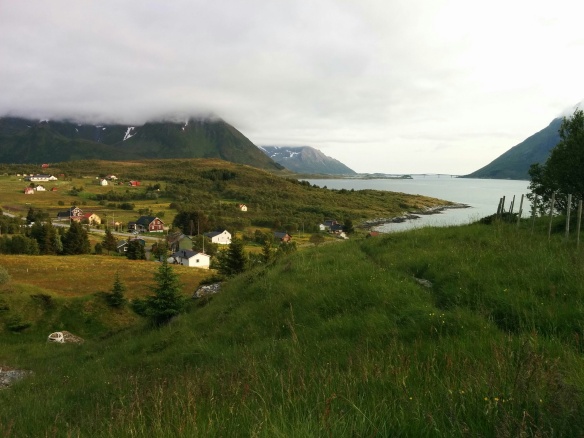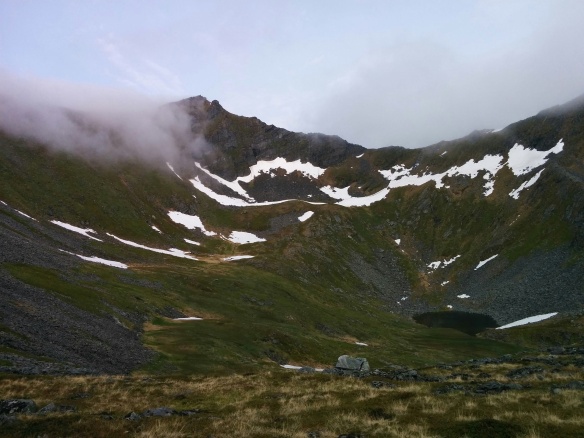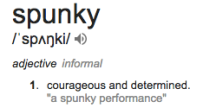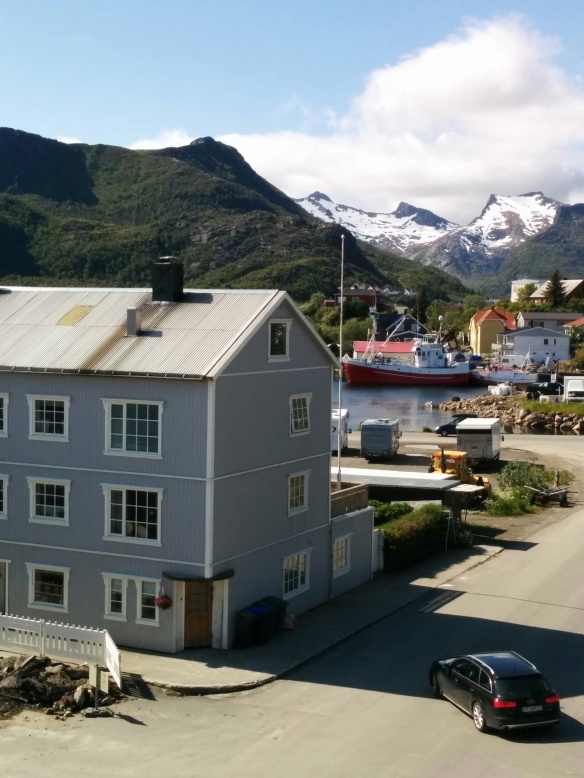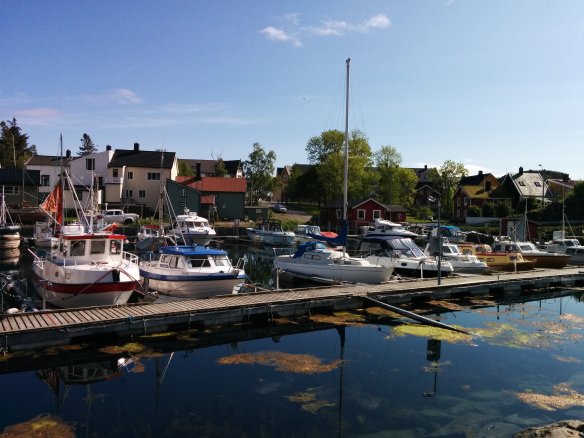Books are like food, a good friend once explained to me. Some books are heavy, rich, and elaborate like a Christmas dinner. Other books are fluffy, light, and insubstantial like cotton candy. You have to consume a balanced diet of books. Imagine if you were to only read dense, symbolic, complex literature all the time– it would be like repeatedly feasting on turkey dinners. Similarly, you can’t survive purely on cotton candy.
This food metaphor resonated very strongly with me and my reading habits. My taste in books is defined by diversity and curiosity; I love when a novel gives me something I have never seen before. My book choice also varies greatly depending on what my life looks like in that moment: where I am, what I am doing, the people I am surrounded by.
During my studies, there is a very specific type of book that my exhausted brain can enjoy. During my study breaks I like to read about real life, particularly lives that are completely different from my own. My ideal “Study Break Book” is well-written and literal, because my brain is incapable of analyzing symbolism after studying pathology. This past year, I was overjoyed to discover a number of autobiographies and memoirs which were more fascinating than I would have expected from the genre (until this year, I was falsely under the impression that biographies were boring and factual).
Without further ado, here are some of my favourite books I have read this year:
1. Bossypants by Tina Fey (Study Break Book)
This was the first book I read on my Kindle e-reader, as well as the first book I categorized in my Study Break genre. Tina Fey is not only a very talented writer, but is also hilarious in her recollection of how she became a famous comedic actor. Although her on-screen jokes are not always my type of humour, Tina Fey’s book consistently had me laughing out loud.
2. An Astronaut’s Guide to Life on Earth by Chris Hadfield (Study Break Book)
After watching his inspiring Ted Talk, I was curious to hear about what it was like to be in outer space. Not only is this driven individual Canadian (yay!), Chris Hadfield’s attitude is unfalteringly positive, and motivational. He chronologically describes his career path to becoming an astronaut, then the training and preparation before a launch, as well as his experiences at the International Space Station. I am absolutely fascinated by outer space and it was cool to learn about the life of an astronaut!
Here is a link Chris Hadfield’s awesome Ted Talk: Chris Hadfield: What I learned from going blind in space
3. What the Dog Knows: The Science and Wonder of Working Dogs by Cat Warren (Study Break Book)
I stumbled upon this title on Goodreads.com, a website which has become my virtual bookstore (I think of Goodreads as the IMDB of books). It is written by an English professor whose hyperactive dog is on the road to becoming a real troublemaker unless receives an outlet for his uncontrollable energy. Cat Warren describes the process of training a “cadaver dog” to assist the police in tracking human bodies. Although the task may sound somewhat disturbing, the book was not disturbing or graphic at all. If you can read the news, you can read this book. What made me love this book, though, was the meticulous and riveting research that Cat Warren integrates into each chapter. In addition to her personal experiences, she ties in scientific studies about the dog’s sense of smell, the history of dogs in ancient civilizations, attempts to replace the dog for drug detection and cadaver tracking, and other topics I didn’t even know existed! I have never read another book as unique as this one, and if you like dogs or even just like reading, I strongly recommend this book!
4. Baby Catcher: Chronicles of a Modern Midwife by Peggy Vincent (Study Break Book)
I was enraptured by this book from beginning to end. My interest stemmed from my perspective as a medical student (to understand the role of midwifery in healthcare and the logistics of a natural birth) as well as my perspective as a woman (because someday I might be pregnant, and I might want to consider a midwife as one of my options for delivery). Peggy Vincent started out as a nursing student in the 60s, a time when conservative medicine and the patriarchy reigned: all women were sedated and anesthetized during labour, by force if necessary. As her surroundings transitioned into an era of female empowerment, Peggy Vincent changed her career path to become a licensed midwife. As a result, her memoirs depict a vast number of fascinating real-life “characters” as well as a massive shift in the central dogma of birth. I found this book fascinating because I have always been intrigued by pregnancies and babies. If you are interested in reading a book about pregnancy, the miracle of childbirth, and empowered female personalities, then this is a book for you!
5. Wild: From Lost to Found on the Pacific Crest Trail by Cheryl Strayed (Study Break Book)
Based on a true story, you may recognize this title from the recent movie starring Reese Witherspoon. I haven’t seen the movie yet, because I loved the book so much and I was told that the movie was not as good as the book. After losing a loved one and going through a rough patch in life, Cheryl Strayed embarks on a solo hike to reset her life. She tackles the Pacific Crest Trail, which stretches along the west coast from Mexico to Canada. Cheryl Strayed’s book inspired me to be “outdoorsy,” but I would never venture out alone as blatantly unprepared as she was! Her trail experiences are my favourite part of the book, and along the way she also strings together the story of her earlier life. Cheryl Strayed is a superb writer. She is authentic and brutally honest as she recounts her emotional and physical journey.
6. The Interestings by Meg Wolitzer
This was recommended to me as a “fluffy” summer read, and for that, it was perfect. For being a fluffy book, though, there was a high quality of writing. This book follows six teenagers from summer camp as their lives and relationships change into adulthood. I loved the characterization– the teenagers were irksome and self-centred, and they aged in complex, believable ways. This is not an action-packed novel, but I was so enthralled by the lives of these six characters that I didn’t need action!
7. Like Water for Chocolate: A Novel in Monthly Installments with Recipes, Romances, and Home Remedies by Laura Esquivel
I finished this book in just a few days because I could not put it down! This is a passionate love story set in Mexico. A young woman named Tita is forbidden to marry according to tradition, so her soul mate Pedro desperately marries Tita’s sister in order to remain close to Tita. I was immediately enamoured with this book because I had never read anything like it before. This book falls into the genre of Latin American magical realism, where impossible events are accepted as reality. I loved this book challenged my imagination with its exaggerations and supernaturalism. What stood out to me most, though, was the way the author incorporated recipes throughout each chapter. Each monthly instalment (read continuously as chapters in the book) is tied together a mouth-watering traditional Mexican recipe; this book made me hungry and I was continuously snacking while reading. It is difficult to describe this very unique style of writing, but all I can say is that it was spectacularly done and I only have positive things to say about this book!


